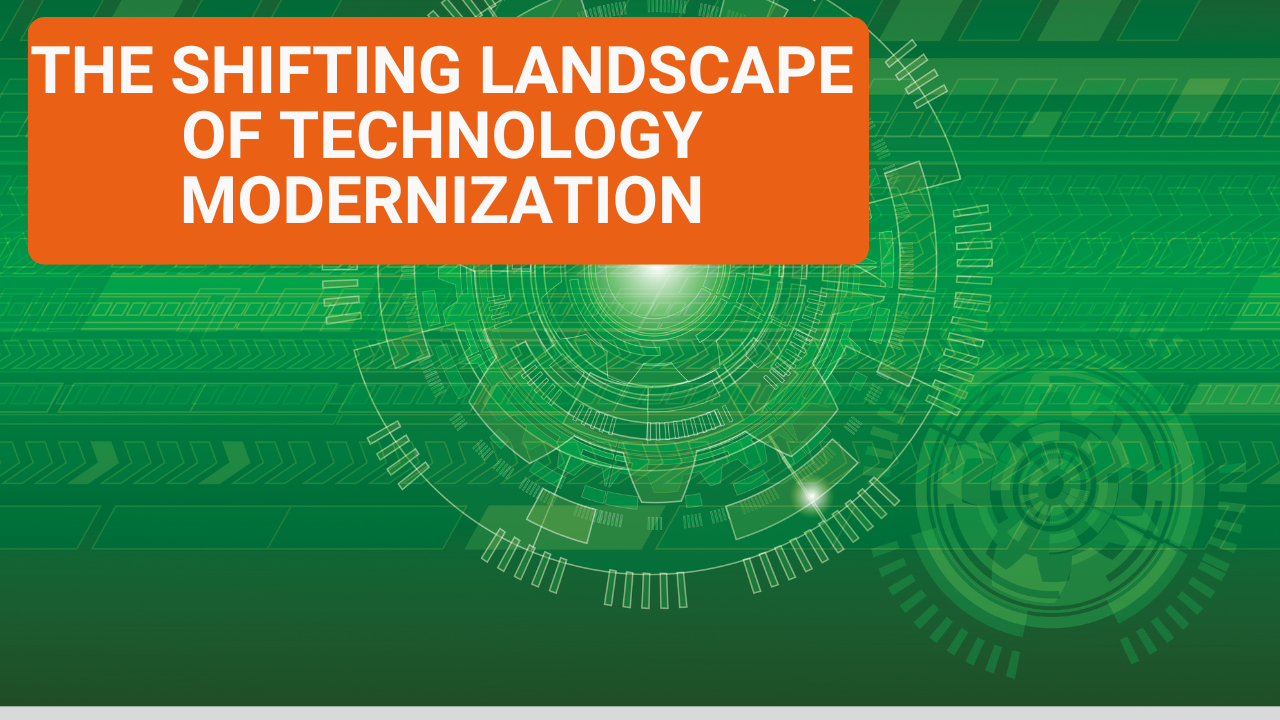The context of technology modernization has changed significantly over the past decade.
Previously, organizations had greater control over modernization efforts. Software was primarily on-premises, offering more customization and configurability. Now, with the widespread adoption of SaaS solutions, modernization feels more like a “black box” approach—where businesses must accept software as-is, with limited flexibility (take it or leave it).
The Challenge of Change
Tech teams often push for changes in business policies and processes to align with new software capabilities. However, in areas with complex governance and cross-functional teams, such shifts are not easy to implement.
In established organizations—with deeply rooted policies, legacy tech stacks, and intricate governance structures—successful modernization efforts require more control over the technology stack.
The Shift from On-Prem to SaaS
Organizations have moved from on-premises solutions that allowed tailored configurations and customizations toward SaaS and cloud-based solutions. This shift means organizations must now adapt their policies and processes to fit the software, rather than adapting the software to their needs.
While the “change your business policy/process” refrain from tech teams makes sense from a technical standpoint, it often overlooks the realities of organizational change management. Governance structures, cross-functional coordination, and regulatory compliance can make such changes slow, challenging, or even unfeasible in some cases.
Maintaining Control of the Tech Stack
Tech leaders must think 5–10 years ahead, considering:
- Software end-of-life cycles
- Shifting policies, business models, and processes
- The need for modular architectures that allow continuous upgrades
This highlights the growing importance of hybrid and modular solutions. Sometimes, organizations need to pick and choose components to maintain a level of customization that aligns with business processes, rather than relying entirely on a single software solution. (Are turnkey solutions a myth?)
Context Matters
Not everything can be solved with an off-the-shelf, best-practice solution. Some level of customization is often necessary. Additionally, some solutions may be fundamentally incompatible with an organization’s policies or business model. Identifying these limitations early in the modernization process is critical for tech and business leaders.
Finding the Right Balance
The big question: How can organizations strike a balance between the efficiency and standardization of SaaS solutions and the bespoke needs of the organization?
Also published on Medium.
